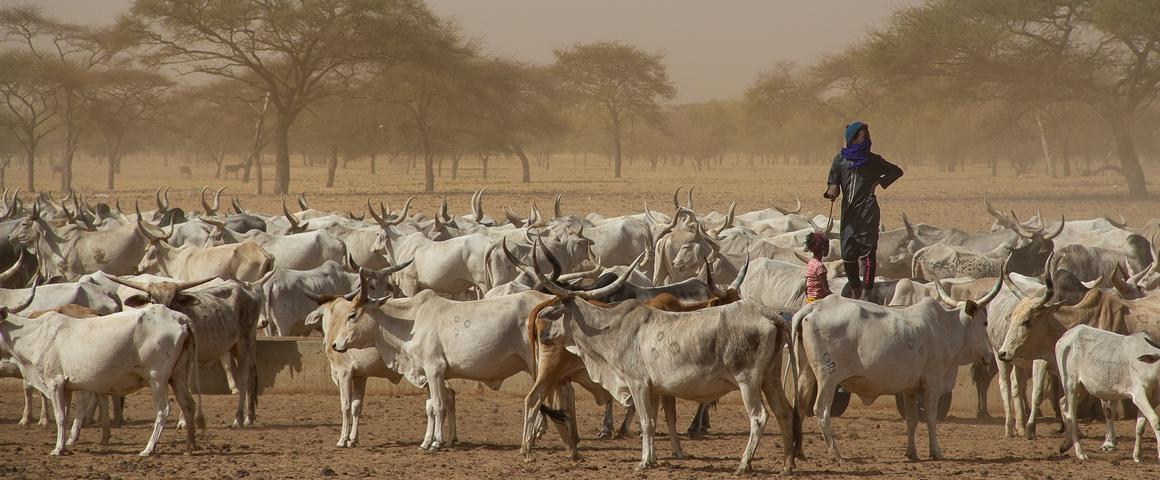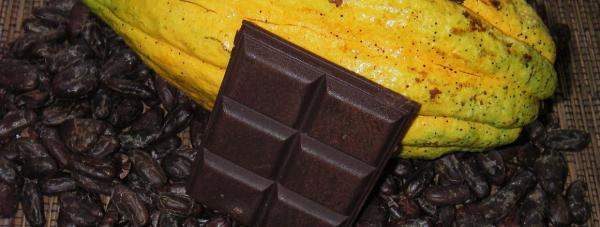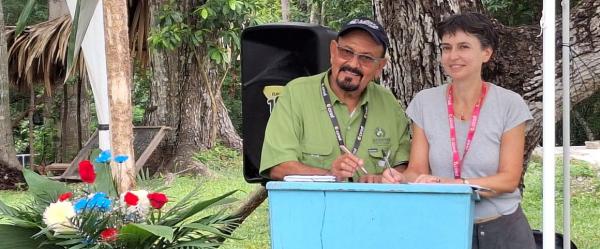Science at work 16 December 2025
- Home
- Press area
- Press releases
- Livestock at COP27
Is livestock farming in the tropics a “climate killer”?

Cattle herds in Ferlo, a pastoral region in Senegal © R. Belmin, CIRAD
Livestock production, and in particular cattle farming, is one of the sectors with the highest greenhouse gas emissions. In this respect, the whole of this sector of activity is often presented as being a “climate killer”, in other words as contributing to global climate disruption.
“Such a generalization is problematic, since it prevents us from correctly analysing the issues”, says Vincent Blanfort, an agroecologist specialising in grasslands at CIRAD. “This is especially true in the territories of the global South, where scientific references are lacking”.
In order to accurately determine the role of the different livestock systems and practices, CIRAD’s scientists are developing scientific partnerships across the tropical and Mediterranean regions. At COP27, their message conveys operational solutions to the challenges of climate change adaptation and mitigation.
Their findings will be presented during two side events, which focus on emblematic regions: the Sahel and the Brazilian Amazon. See the programme here.
Carbon neutral pastoral livestock systems in the Sahel?
Contrary to conventional wisdom, research findings show that pastoral livestock systems in the Sahel can be carbon neutral. Conducted by scientists from CIRAD, this research has led to the launch of a major project financed by the European Union in six Sahelian countries: the CaSSECS project.
Livestock farmers who manage their herds sustainably in natural rangelands accelerate and regulate plant growth. In response, these plants absorb a greater quantity of atmospheric carbon. In the Sahel, where livestock density is low in relation to the scale of these grasslands, this mechanism offsets the enteric methane emissions from cattle. This balance can only be achieved through good herd and rangeland management practices, including avoiding overgrazing. These conditions are attainable, according to the researchers, who stress the importance of international cooperation to this end.
Jérémy Bourgoin, a researcher at CIRAD and co-author in 2022 of a publication on pastoral systems in the region of the Senegal river delta, points out that “in addition to being a place-based, climate-beneficial activity, pastoralism is also one of the pillars of food security for many rural populations”.
Are livestock farming and forest regeneration compatible in the Amazon?
In the Brazilian Amazon, most livestock farmers stopped clearing the forest in the period 2008-2011, when the new Brazilian Forest Code was introduced. Since then, deforestation has been concentrated in specific territories: the agricultural frontiers. But what about the other Amazon territories, where livestock farmers have not cleared the forest since 2011?
CIRAD’s scientists are working in these areas to show that renewable resources, such as sunlight and rainfall, can produce agricultural commodities sustainably. Against all expectations, livestock farming is a good example of this. With simple practices such as rotational grazing, forage grasses are very effective in converting these resources into high quality digestible fodder, thereby limiting methane emissions.
“The root systems of grasses are so prolific in these regions that they produce abundant quantities of organic matter”, adds René Poccard-Chapuis, a geographer at CIRAD. “They are an important source of carbon input and, in just a few years, fix at least as much carbon in soils as forests themselves”.
These dynamics enable forest regeneration in landscapes. By improving grassland management, livestock farmers prompt the abandonment of farmland: they concentrate their efforts on the farmland areas most suited to grazing herds (fertile soils, flat land, etc.). In the areas that are abandoned, the forest regenerates, fixing carbon as well as regulating the regional water cycle.
The importance of this research, for CIRAD and the Brazilian institutions, is that it shows the paths to follow for more profitable livestock systems that contribute to climate objectives. These activities, financed by AFD through the TerrAmaz project and by the European Union through the Sustenta & Inova project, complement the Brazilian government’s efforts to end illegal deforestation.



























